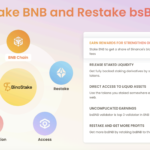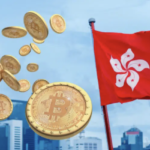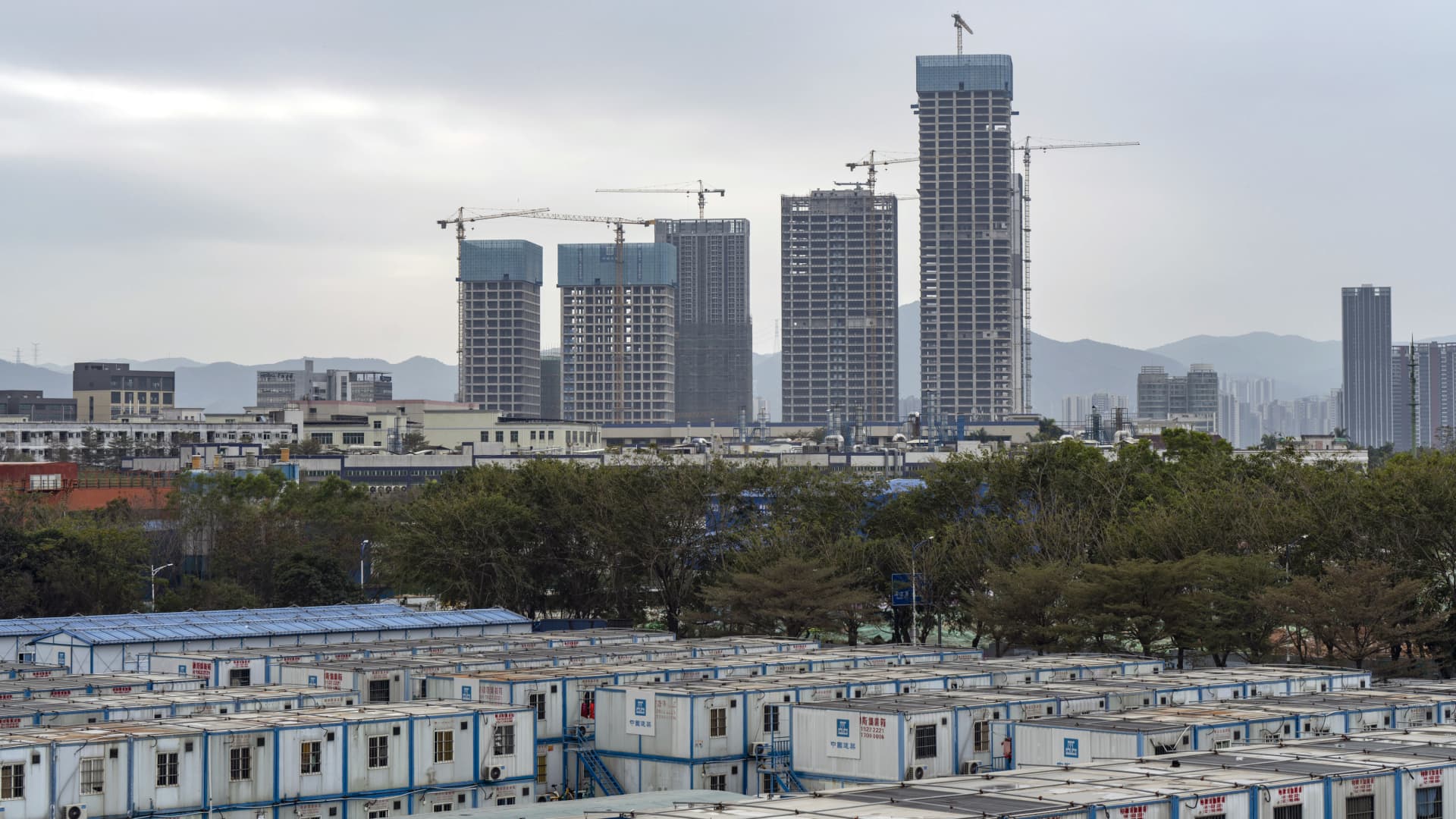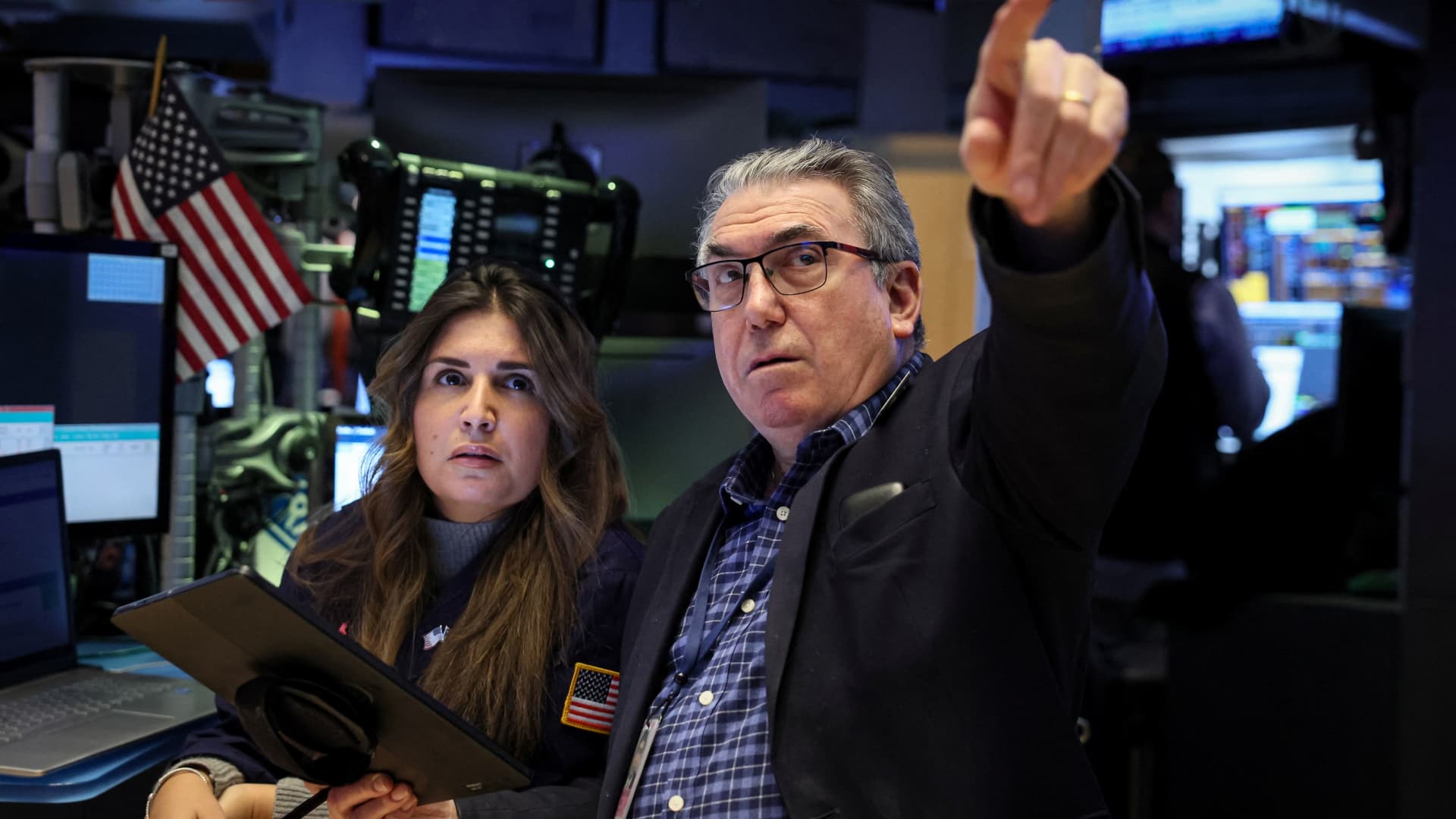Pakistani Rupee Emerges as Top Performing Currency, Analysts Predict Further Strengthening
The Pakistani rupee has made a remarkable recovery, bouncing back from an all-time low and emerging as the world’s best performing currency. According to data from LSEG, the currency hit a record low of 307 rupees against the US dollar in early September. However, it has since gained over 8% and is now trading at 275 against the dollar. This surge has outpaced other currencies, making the Pakistani rupee the best performer last month.
Analysts attribute this upward trend to a government crackdown on the illegal dollar trade. Pakistan’s Federal Investigation Agency conducted country-wide raids on exchange companies involved in unauthorized dollar transactions, which were conducted through informal channels without proper documentation.
HDFC securities, in their recent report, stated, “Pakistan’s rupee was the top performer globally this month as a government crackdown on the illegal dollar trade helped reverse its fortunes.”
Furthermore, experts predict that the Pakistani rupee will continue to strengthen given the ongoing crackdown and the enforcement of state policy. Tahir Abbas, head of research at securities brokerage firm Arif Habib Limited, believes that the currency will further appreciate. He emphasized the importance of promoting exports and attracting foreign direct investments (FDI) to boost the demand for the Pakistani rupee.
Despite the positive performance of the Pakistani rupee, questions remain about the sustainability of this rally. Steve Hanke, a professor of applied economics at Johns Hopkins University, mentioned that geopolitical and internal factors have historically weighed heavily on the rupee. The country’s troubled economy, burdened by crippling debt and depleting foreign reserves, is also a cause for concern. The World Bank predicts a contraction of 0.6% in Pakistan’s real GDP for the fiscal year ending in 2023, a significant decline from the previous year’s 6.1% expansion.
In addition, Pakistan has been dealing with high inflation. The country’s average headline inflation rose to a multi-decade high of 29.2% year-on-year in FY23. The weakness of the currency, reduced domestic fuel and electricity subsidies, and supply chain disruptions contributed to this inflationary pressure.
However, experts believe that a stronger rupee could help dampen inflationary pressures. Hanke stated, “Pakistan’s weak currency has, in part, contributed to and fueled inflation. [But] it’s clear that a stronger rupee would dampen inflationary pressures.”
Despite the challenges, the Pakistani rupee’s recent performance has been impressive. According to data from Arif Habib, the Mauritian rupee was the second-best performing currency, strengthening by 0.7% against the greenback in September, while the Hong Kong dollar took third place, strengthening by 0.2% in the same month.
As Pakistan continues its efforts to stabilize its currency and boost its economy, the future of the Pakistani rupee remains promising.

I have over 10 years of experience in the cryptocurrency industry and I have been on the list of the top authors on LinkedIn for the past 5 years. I have a wealth of knowledge to share with my readers, and my goal is to help them navigate the ever-changing world of cryptocurrencies.











